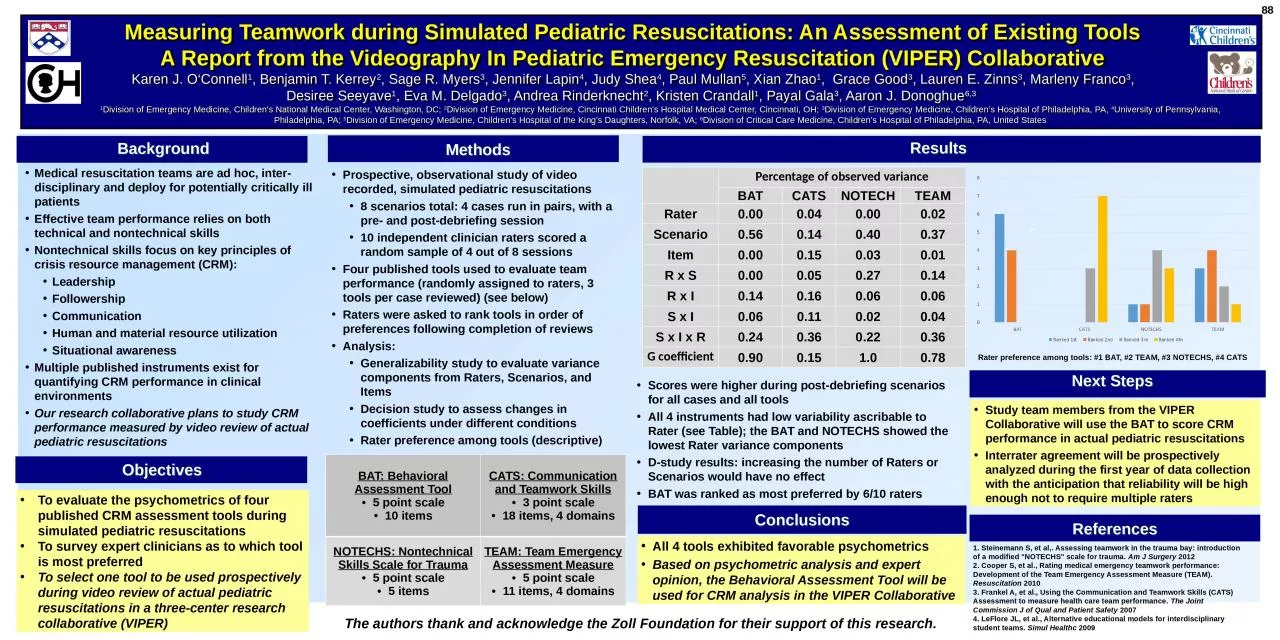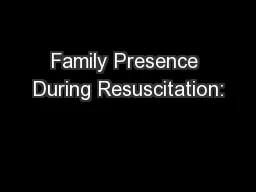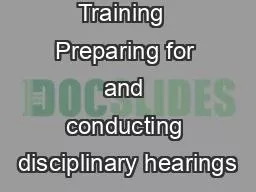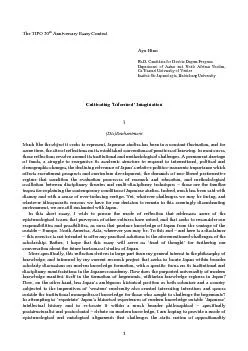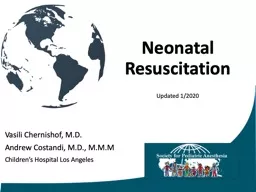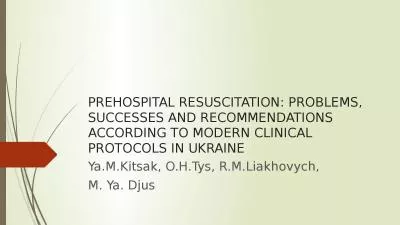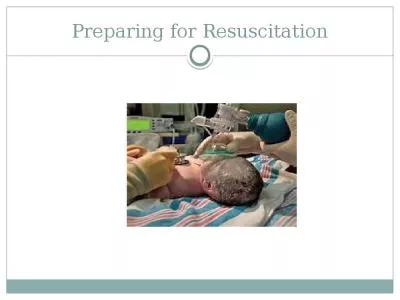PPT-Medical resuscitation teams are ad hoc, inter-disciplinary and deploy for potentially
Author : oryan | Published Date : 2023-07-26
Effective team performance relies on both technical and nontechnical skills Nontechnical skills focus on key principles of crisis resource management CRM Leadership
Presentation Embed Code
Download Presentation
Download Presentation The PPT/PDF document "Medical resuscitation teams are ad hoc, ..." is the property of its rightful owner. Permission is granted to download and print the materials on this website for personal, non-commercial use only, and to display it on your personal computer provided you do not modify the materials and that you retain all copyright notices contained in the materials. By downloading content from our website, you accept the terms of this agreement.
Medical resuscitation teams are ad hoc, inter-disciplinary and deploy for potentially: Transcript
Download Rules Of Document
"Medical resuscitation teams are ad hoc, inter-disciplinary and deploy for potentially"The content belongs to its owner. You may download and print it for personal use, without modification, and keep all copyright notices. By downloading, you agree to these terms.
Related Documents

